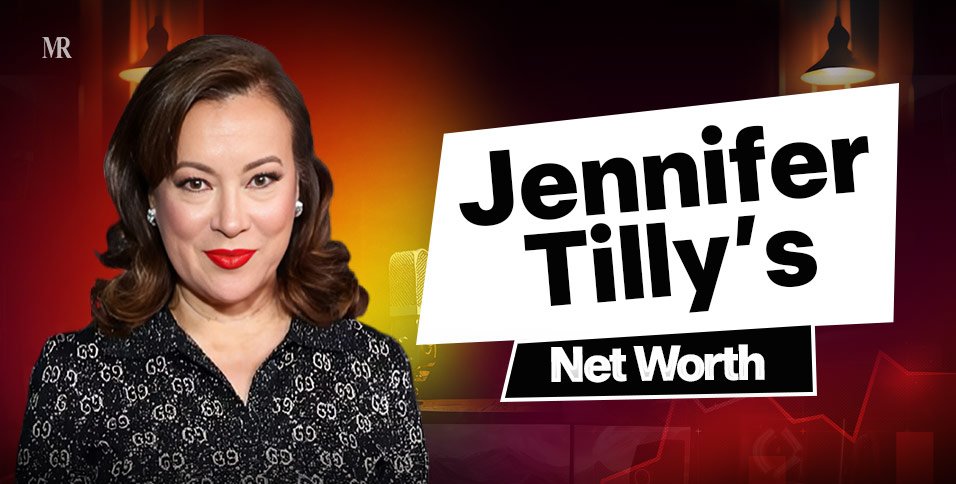While banks work hard to protect your information, hackers still find ways to breach accounts and access sensitive data. If you ever find yourself in the unfortunate situation where your checking account is hacked, it’s important to act quickly to minimize the damage and restore your account’s security.
When you open a bank account online, it’s equally important to take the right precautions to safeguard your finances and personal information. Here’s a guide to help you respond effectively if your checking account is compromised.
Signs Your Checking Account May Have Been Hacked
Before you take action, it’s essential to recognize the signs of a hacked checking account. Some of the most common indicators include:
- Unfamiliar transactions: Unauthorized withdrawals or purchases on your account statement.
- Missing funds: A sudden decrease in your account balance without any clear explanation.
- Locked account: A situation where you can no longer access your account, or you receive messages stating your account has been locked.
- Notifications about changes: Emails or texts from your bank alerting you to changes in your account information that you did not make.
- Unexpected password requests: If you suddenly receive password reset prompts that you didn’t initiate.
Steps to Take Immediately If Your Checking Account Is Hacked
The moment you suspect that your checking account has been hacked, call your bank’s customer service or fraud department. Most banks offer 24/7 support, so don’t hesitate to contact them right away.
Provide them with the details of the unauthorized activity, and ask them to freeze or lock your account to prevent further transactions. They may also assist you in disputing fraudulent charges and restoring access to your account.
Change Your Online Banking Password
Immediately change your online banking password to something strong and unique. Use a combination of letters, numbers, and symbols to make it difficult for hackers to guess.
If you use the same password for multiple accounts, it’s crucial to change those as well. Hackers often try to access other accounts once they’ve obtained your banking credentials. Consider enabling multi-factor authentication (MFA) for added security.
Review Your Transactions and Statements
Go through your recent transactions carefully to identify all unauthorized withdrawals or charges. This will help you spot any fraudulent activity that may have occurred before you noticed the hack.
Document any suspicious transactions and provide this information to your bank when reporting the hack. The more specific you can be, the quicker the bank can assist you in resolving the issue.
Report the Fraud to Authorities
If your checking account has been hacked and you’ve noticed fraudulent charges, it’s a good idea to report the incident to the authorities. Contact your local police and file a report for identity theft or fraud.
Additionally, report the fraud to the Federal Trade Commission (FTC) through their website, which tracks identity theft and helps victims recover.
Monitor Your Credit
A compromised checking account could be a sign that other personal information has been stolen. To protect yourself, request a free credit report from the three major credit bureaus (Equifax, TransUnion, and Experian).
Look for any unfamiliar accounts or credit inquiries, and report these to the respective credit bureaus. You can also place a fraud alert on your credit file to notify creditors that your personal information may have been stolen.
Dispute Unauthorized Transactions
If any unauthorized transactions have occurred on your checking account, file a dispute with your bank. Most banks offer fraud protection, and they may be able to reverse the charges once they verify the fraud.
Be sure to provide any documentation or evidence of the fraudulent activity when disputing the charges. Keep track of any forms or receipts you receive during the dispute process.
Hacked? Act Fast to Minimize the Impact
If your checking account is hacked, acting quickly can help minimize the impact. By contacting your bank immediately, securing your online banking credentials, and monitoring your transactions, you can restore your account and prevent future breaches.
If you’re considering opening a bank account online, ensure that you choose a bank with strong security measures and fraud protection features. With the right tools in place, you can enjoy peace of mind while managing your finances digitally.
Also Read: Navigating the Path to a Career in Accounting: Insights and Strategies
















